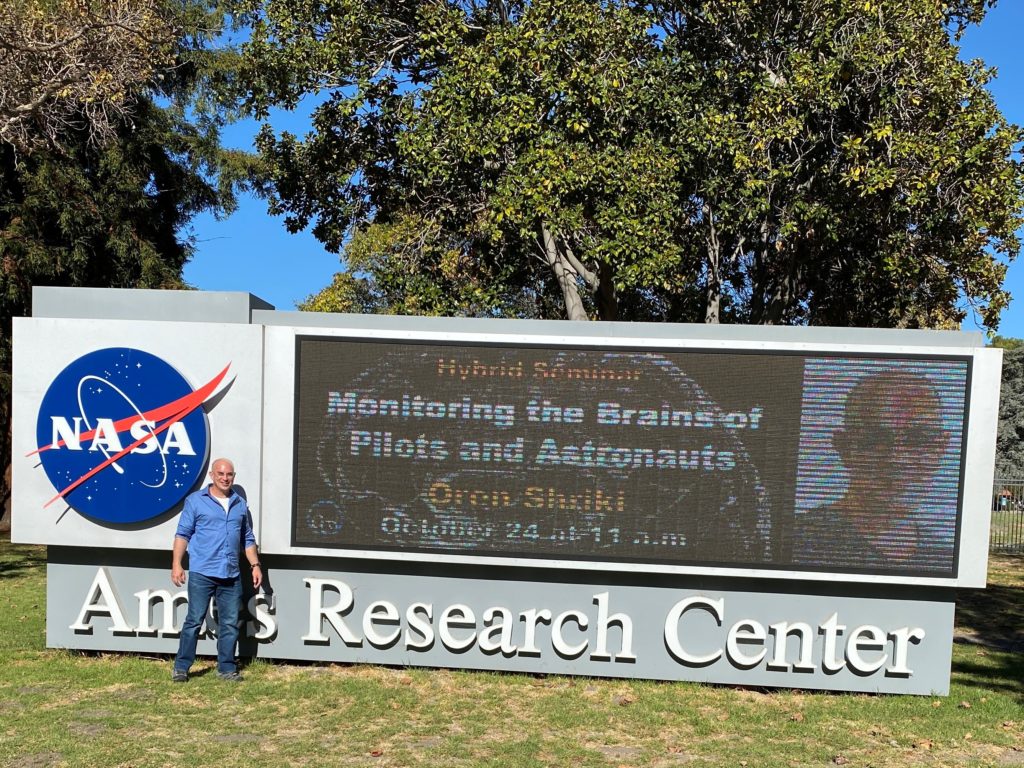
BGU Prof. Makes Strides in Autism Early Diagnosis
BGU Prof. Makes Strides in Autism Early Diagnosis
November 4, 2019
HAARETZ — Prof. Ilan Dinstein, of Ben-Gurion University of the Negev’s Departments of Psychology and Brain and Cognitive Sciences and director of Israel’s National Autism Research Center, has devised a screening technique to facilitate early detection of autism, based on how children watch movies featuring human interaction.
Prof. Dinstein believes the technique — which involves tracking the eye movements of children as they watch specific films — could be applicable from about 18 months of age, hopefully leading to an earlier average diagnosis of the condition.
Autism is defined as a developmental disorder of variable severity, characterized by difficulty in social interaction and communication, and by restricted or repetitive patterns of thought and behavior.
“The specifics can differ across children,” Dinstein says. “There are many different forms of social communication difficulties. For example, some kids with autism have trouble making eye contact (a basic form of social communication), while others do not.”
The earlier autism is detected, the better the chances of helping a child overcome the difficulties associated with the disorder and adjust to the world.
Presently, autism spectrum disorder (ASD) is identified, on average, at age 2.5 to 3 in Israel and near 4 in the United States. Therefore, a method to identify children evincing signs of autism at an earlier age in order to start a formal diagnostic and treatment process sooner would be helpful, he says.
“The diagnosis has to be made by a doctor. But these tests could be very helpful in screening.” Present diagnosis usually starts with suspicion on the part of parent or caregiver, after which the child and parents consult a child neurologist or child psychiatrist who interviews them, tries to interact with the child, and decides whether the diagnosis is warranted, Dinstein explains.
Prof. Dinstein’s method is based on the observation that non-ASD children watch films in a reliably and predictably manner, observing faces, gestures, body movements, and objects that are relevant to the social interaction and its narrative. Children on the spectrum evince significantly more variable and idiosyncratic gaze patterns.
The earlier autism is detected, the better the chances of helping a child overcome the difficulties associated with the disorder and adjust to the world. “In many cases, the problem is that the children start the diagnosis process late because the parents, kindergarten teacher or pediatrician hesitated,” Dinstein says. “In general, hesitation is not good — because the earlier the diagnosis, the earlier the treatment and the better the outcome.”
The study was published in Autism Research in October 2019.




